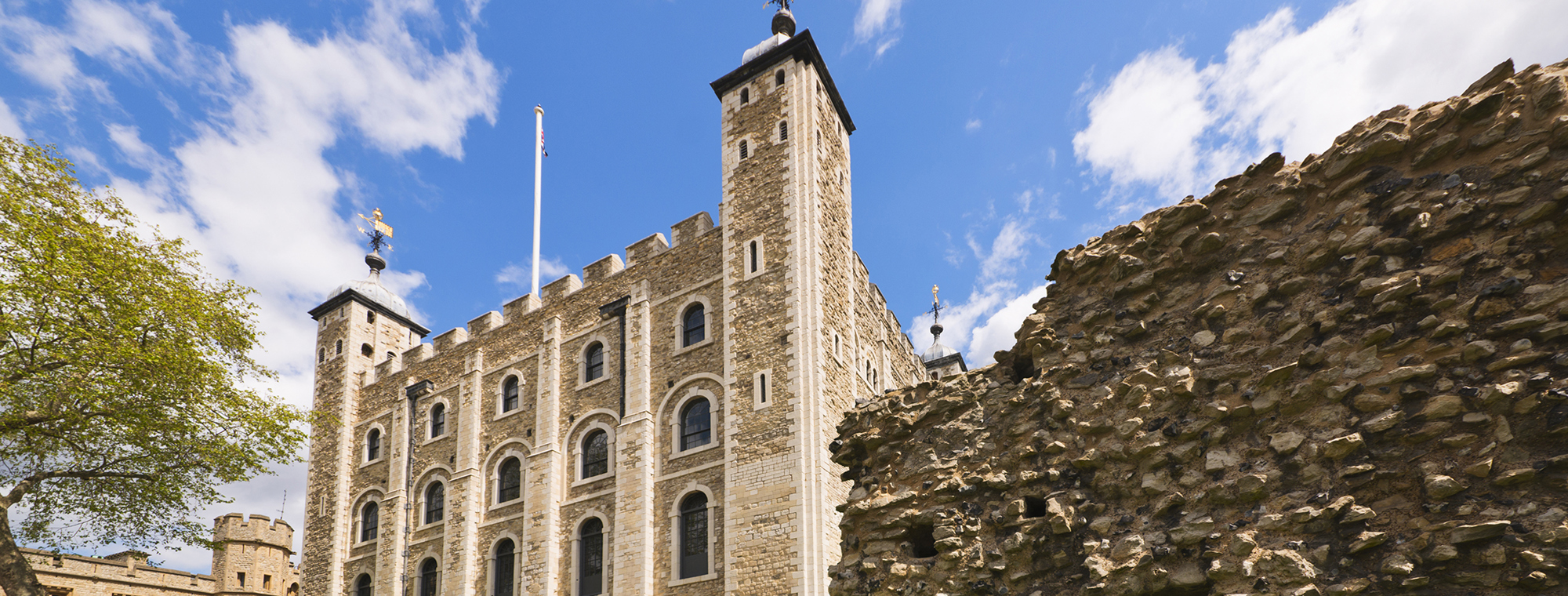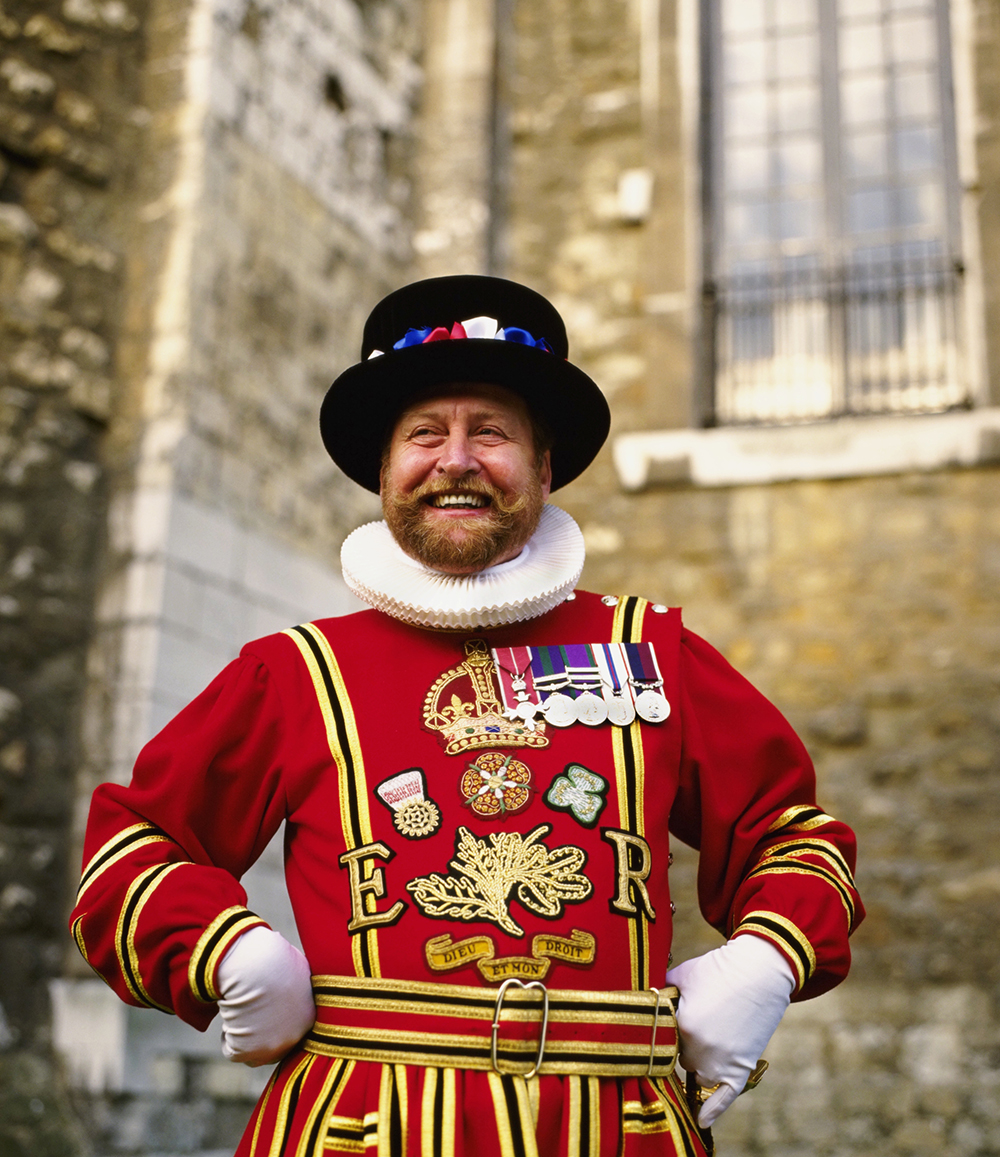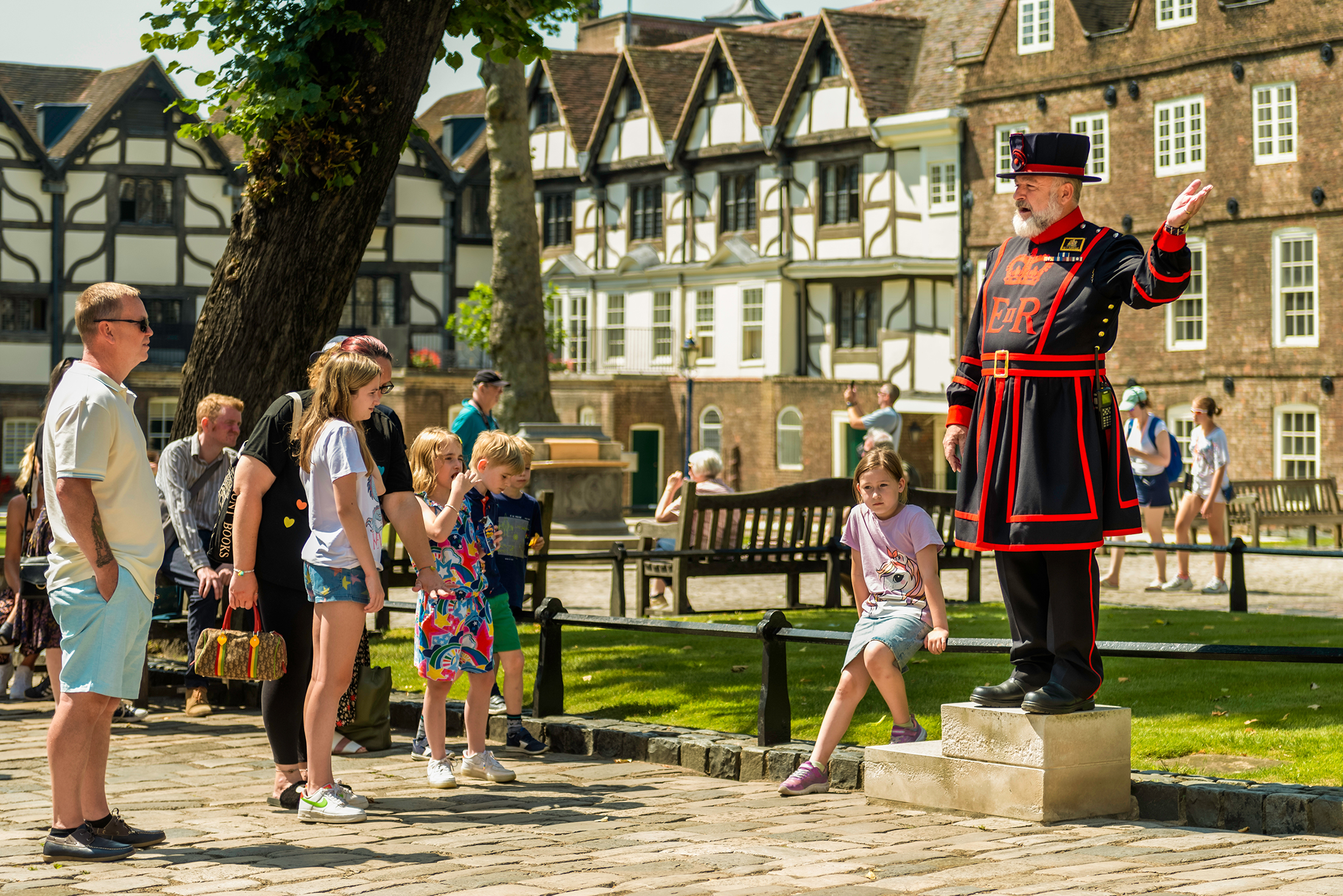Yeoman Warders, "Beefeaters,"
of the Tower of London
of the Tower of London

The story of the Beefeaters at the Tower of London is a tale of loyalty, dedication, and the enduring legacy of those chosen to protect one of the most iconic landmarks in the world. The Yeomen Warders are more than guards; they are living custodians of history, keeping the stories of the Tower alive for generations to come.
The Tower of London
A magnificent fortress stands in the heart of London known as the Tower of London. Built by William the Conqueror in the late 11th century, the Tower served many purposes over the centuries - a royal palace, a prison, a treasury, and a symbol of the monarchy's power.
As the centuries passed, the Tower's role evolved, and with it, a dedicated group was needed to guard its secrets and treasures. The origins of the "Beefeaters," formally known as the Yeomen Warders, can be traced back to the tumultuous times of Henry VII, who ascended to the English throne in 1485.
The History of the Yeoman Warders at the Tower of London
Henry VII knew that he needed a loyal and dependable force to secure the Tower, protect its prisoners, and ensure the safety of the Crown Jewels. To that end, he established a body of men to serve as the Tower's guardians, entrusting them with these crucial duties. These men were selected from among the most distinguished and loyal soldiers of the time, many of whom had served in the Wars of the Roses.

The role of the Yeomen Warders evolved over the years. They guarded the Tower and looked after its prisoners, including famous individuals like Anne Boleyn, Lady Jane Grey, and Sir Thomas More. Their presence was a symbol of royal authority and an assurance of the Tower's security.
Throughout the centuries, the Yeomen Warders faced numerous challenges and changes. They endured the political turmoil of the English Reformation and the rise and fall of various monarchs. Even the notorious Gunpowder Plot of 1605, led by Guy Fawkes, threatened the Tower's security but was foiled by the vigilance of the Beefeaters.
Why Are They Called "Beefeaters?"
The term "Beefeater" is a colloquial nickname for the Yeomen Warders of the Tower of London, but its exact origin is not entirely clear. Several theories have been proposed regarding the origin of this unusual name...
Because of Their Beef Ration?
One popular theory is that the term "Beefeater" originated from the daily allowance of beef given to the Yeomen Warders as part of their pay. In the past, beef was a valuable and relatively expensive commodity, so being given a daily ration of beef was considered a significant perk and an indication of a well-paid position.
Because "Buffetier," in French, Means "Guard?"
Another theory suggests that the name "Beefeater" is a corruption or adaptation of the French word "buffetier." In the medieval period, French was widely used in the English court and among the nobility. Buffetiers were individuals responsible for guarding the king's food and beverages, so the term might have been transferred to the Yeomen Warders due to their role in guarding the Tower.
Because Yeoman Warder Uniforms Match the Palace Serving Staff?
Some historians believe that the distinctive and somewhat elaborate uniform of the Yeomen Warders, with its red tunics and ruffled collars, resembled the serving attire worn by royal palace staff, which included servers and attendants. This visual resemblance could have contributed to the nickname "Beefeater."
While the exact origin remains debatable, the term "Beefeater" has been used for centuries and is now synonymous with the Yeomen Warders of the Tower of London.

Regardless of its precise origin, the nickname has become an enduring part of their history and identity, and the Yeomen Warders are proud of their role and traditions at the Tower.
Today, the Yeomen Warders continue to live within the Tower with their families, preserving the traditions, values, and mystique that have been part of the Tower of London for centuries. In this modern era, their role shifted towards a more ceremonial and educational one. Now, Yeomen Warders also provide tours and educational experiences for the travelers who visit the historic site. They regale visitors with tales of the Tower's turbulent past, share legends about the ravens, 'lock up' at night, and ensure that the spirit of history lives on.
Frequently Asked Questions About the Yeoman Warders, or "Beefeaters," at Tower of London Ravens
The Tower of London, a historic fortress and former royal palace, is renowned worldwide for its unique and priceless collection of the Crown Jewels of the United Kingdom. The Imperial State Crown, the Sovereign's Sceptre, and the Koh-i-Noor diamond are just a few of the precious items that are on display for visitors to admire. This world-renowned collection of 23,578 gemstones is part of the Royal Collection and still features in royal ceremonies today.
The term "Beefeater" is thought to have originated from the daily ration of beef they received as part of their pay, though the exact origin of the name is still debated.
The Tower of London Guard and the Yeoman Warders (commonly known as Beefeaters) are two distinct groups with different roles and responsibilities at the Tower of London. Here are the key differences between them:
-
Tower of London Guard:
Role: The Tower of London Guard, also known as the Tower Guard, is responsible for providing security and safeguarding the Tower of London and the Crown Jewels.
Composition: The Tower Guard comprises soldiers from the British Army, typically drawn from regiments of the Household Division, such as the Grenadier Guards, Coldstream Guards, or Scots Guards. These soldiers are often on active military duty and rotate in and out of their assignment at the Tower.
Uniform: The Guard members wear the ceremonial uniform of their respective regiments, which includes distinctive red tunics and tall black bearskin hats.
Duties: Their primary duty is to protect the Tower and its valuable contents, particularly the Crown Jewels, and to stand guard at key locations within the Tower. -
Yeoman Warders (Beefeaters):
Role: Yeoman Warders are ceremonial guardians of the Tower of London with a focus on guiding and interacting with visitors, as well as preserving the history and heritage of the Tower.
Composition: Yeomen Warders are retired senior non-commissioned officers of the British Armed Forces. They have a military background and meet specific eligibility criteria to serve as Yeoman Warders. Some Yeomen Warders may have served in regiments like the Grenadier Guards or Coldstream Guards, but their primary role is not active military duty.
Uniform: They wear the iconic Beefeater uniform, which consists of a red tunic, black hat, and ruffled collar. The term "Beefeater" is often associated with Yeoman Warders.
Duties: Their primary duties include giving guided tours, interacting with visitors, and participating in various ceremonial events at the Tower, such as the Ceremony of the Keys and the Ceremony of the Constable's Dues. They also reside with their families within the Tower.
Visitors to the Tower of London can often meet Yeomen Warders during guided tours or while exploring the grounds. They are known for their sense of humor and engaging storytelling.
To become a Yeoman Warder, one must meet strict eligibility criteria. They typically have to be retired senior non-commissioned officers of the British Armed Forces with at least 22 years of service. In addition to military service, they must hold the Long Service and Good Conduct Medal.
In recent years, women have been allowed to become Yeomen Warders. Prior to this change, the role had been exclusively held by men.



















